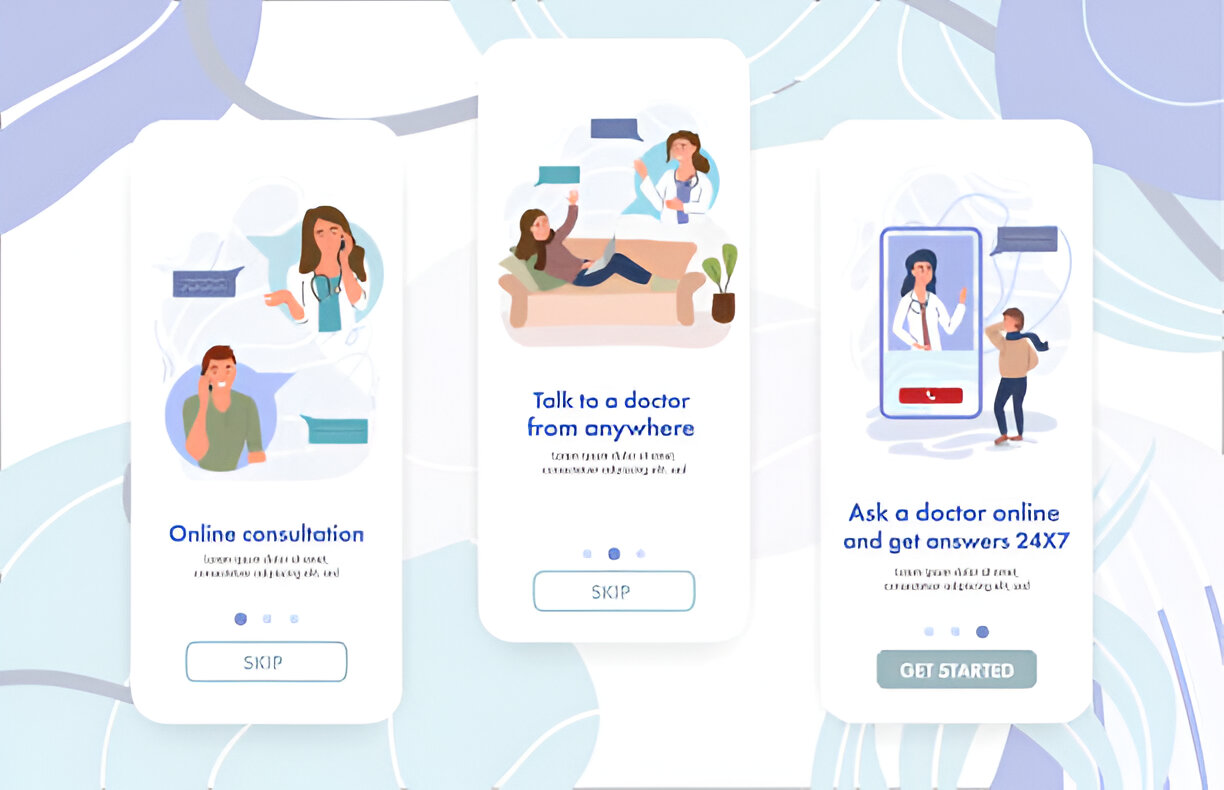The healthcare industry is in a constant state of evolution, driven by technological advancements aimed at enhancing patient care and outcomes. In recent years, mental health services have been at the forefront of this transformation, with a growing emphasis on leveraging innovative solutions to improve therapy sessions and engage patients more effectively.
Traditional therapy sessions have long faced challenges related to accessibility, engagement, and administrative burdens. Limited appointment availability, geographical constraints, and cumbersome administrative tasks often hinder the delivery of quality care to those in need. Recognizing these challenges, our team embarked on a mission to revolutionize therapy sessions through the strategic implementation of custom healthcare software development.
Vision to Reality Through Our Strategic Consultation
Our journey began with a comprehensive strategic consultation involving therapists, patients, and IT professionals. By collaborating closely with stakeholders, we outlined a vision to enhance therapy sessions by harnessing the power of custom healthcare software development. This involved identifying key features and functionalities necessary to address the challenges facing traditional therapy sessions, such as accessibility, engagement, and administrative efficiency.
From Concept to Completion: Our Comprehensive Implementation Process
By following this comprehensive implementation process, we were able to develop a user-friendly web application tailored specifically for therapy sessions. This approach ensured enhanced accessibility, engagement, and efficiency, ultimately leading to improved outcomes for therapists and patients alike.
Developing a User-Friendly Web Application:
Our IT team focused on creating a user-friendly web applications specifically tailored for therapy sessions, ensuring ease of use for both therapists and patients. With healthcare software development, we aimed to optimize the platform for seamless integration into mental health practices.
Enhancing Accessibility
Remote session capabilities were integrated into the application to improve accessibility. This allowed patients to attend therapy sessions from any location with an internet connection, eliminating geographical barriers.
Fostering Engagement:
Interactive features were incorporated to enhance engagement between therapists and patients. Features such as video conferencing and virtual whiteboards facilitated real-time communication and collaboration.
Streamlining Administrative Tasks:
Administrative burdens on therapists were reduced by streamlining tasks within the application. Features such as automated appointment scheduling and documentation management were implemented to save time and resources.
Maintaining Communication with Stakeholders:
Throughout the development process, regular communication with stakeholders was prioritized. This ensured alignment with their goals and expectations, allowing for adjustments to be made as needed.
Rigorous Testing and Feedback Iterations:
The therapy web application underwent rigorous testing to identify and address any issues or concerns. Feedback from stakeholders was collected and incorporated into the development process to refine the application further.
Outstanding Results
These key points highlight the significant positive outcomes achieved through the implementation of web apps in therapy sessions, showcasing the transformative impact of technology on patient care in the healthcare industry.
- Therapists experienced enhanced efficiency in both scheduling and conducting therapy sessions.This led to increased appointment availability and reduced wait times for patients.
- Remote session capabilities allowed patients to access therapy from anywhere, overcoming geographical barriers. This increased accessibility and convenience for patients seeking mental health support.
- Interactive features like video conferencing and virtual whiteboards facilitated more meaningful and productive sessions. Therapists and patients experienced greater engagement and collaboration during therapy sessions.
- Streamlined administrative processes alleviated burdens on therapists. This allowed therapists to focus more time and energy on delivering quality care to their patients.
Conclusion
Our journey from vision to reality exemplifies the power of strategic consultation, comprehensive implementation, and innovative technology, including IT services for healthcare, in boosting therapy sessions.
By embracing web apps, we have overcome challenges, realized opportunities, and ultimately improved the delivery of mental health services for patients in need. As technology continues to evolve, the potential for further innovation in therapy sessions remains vast, promising even greater advancements in patient care and outcomes.

